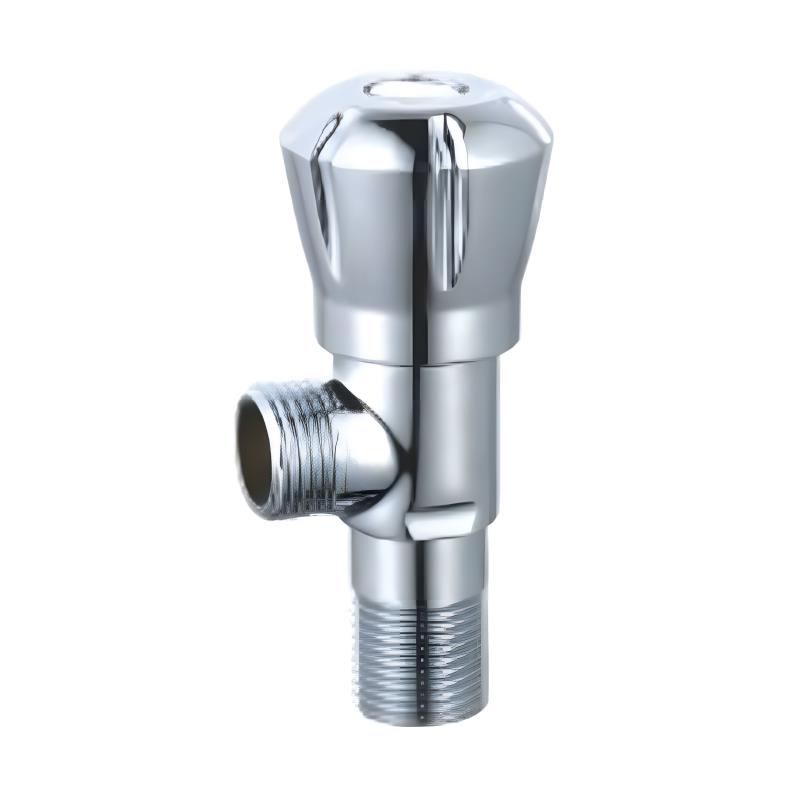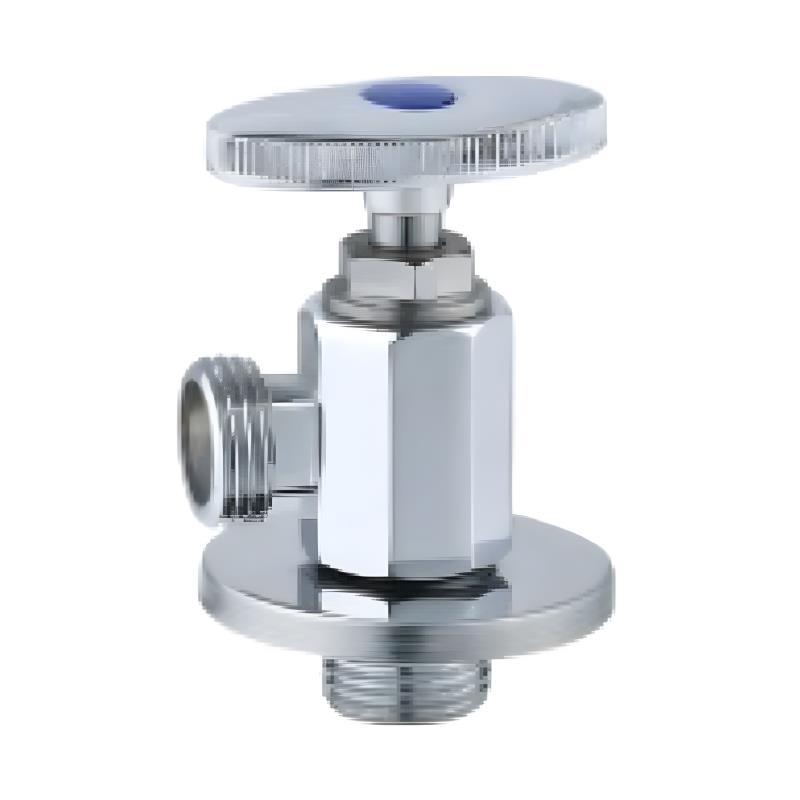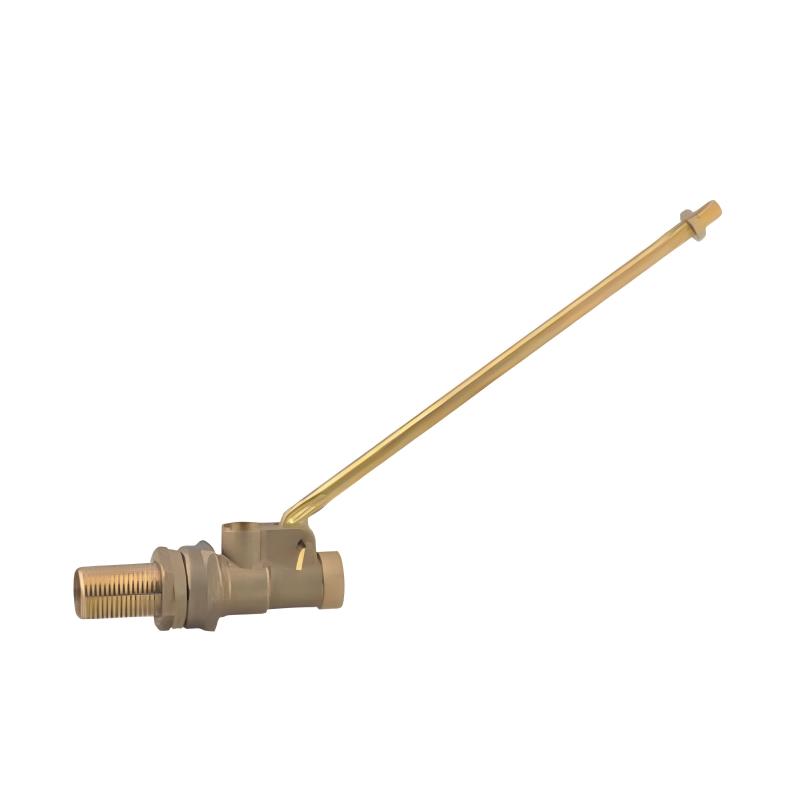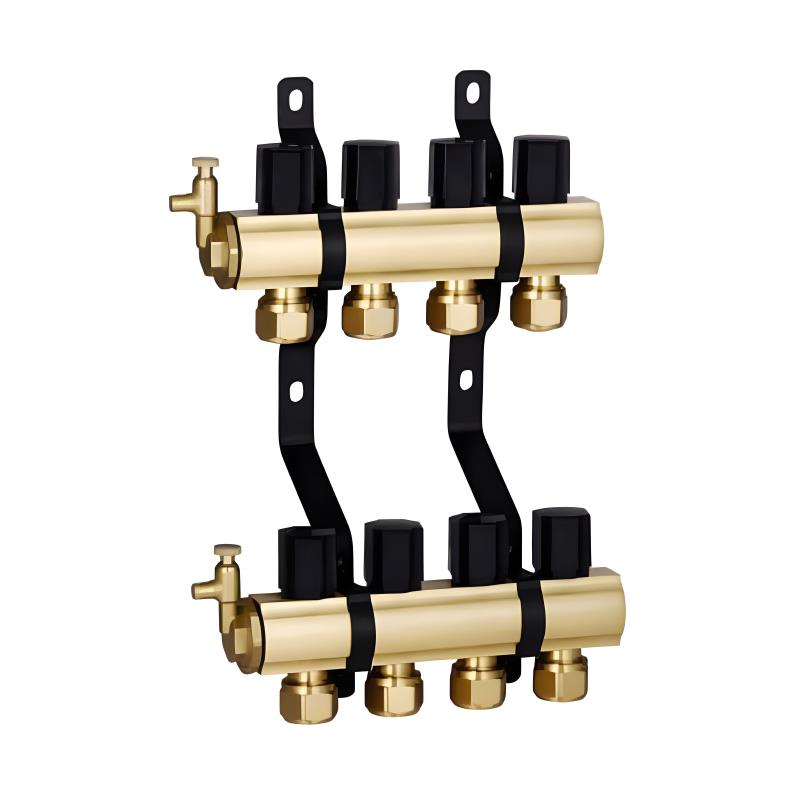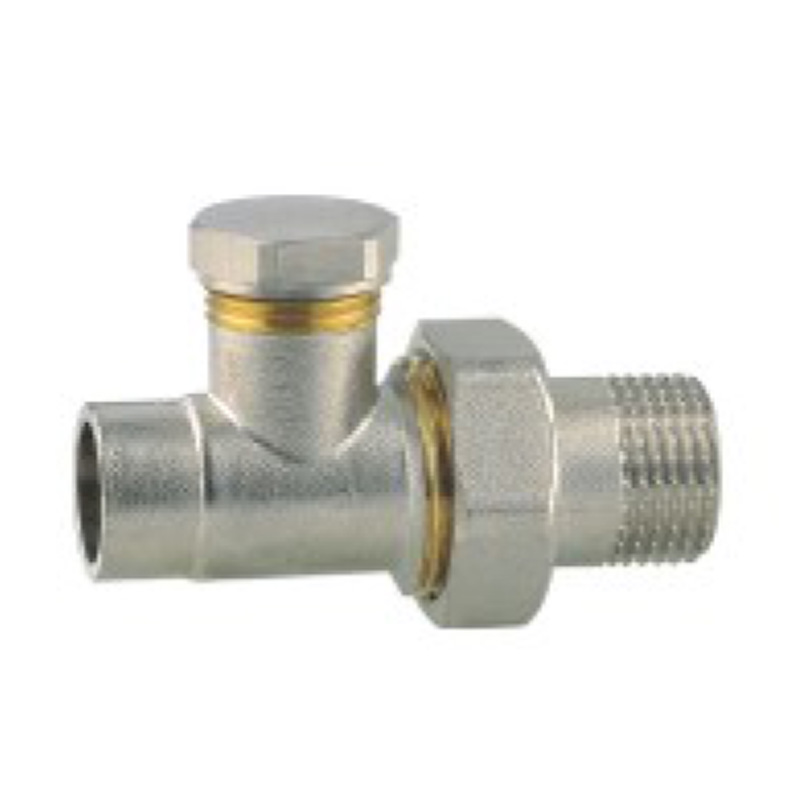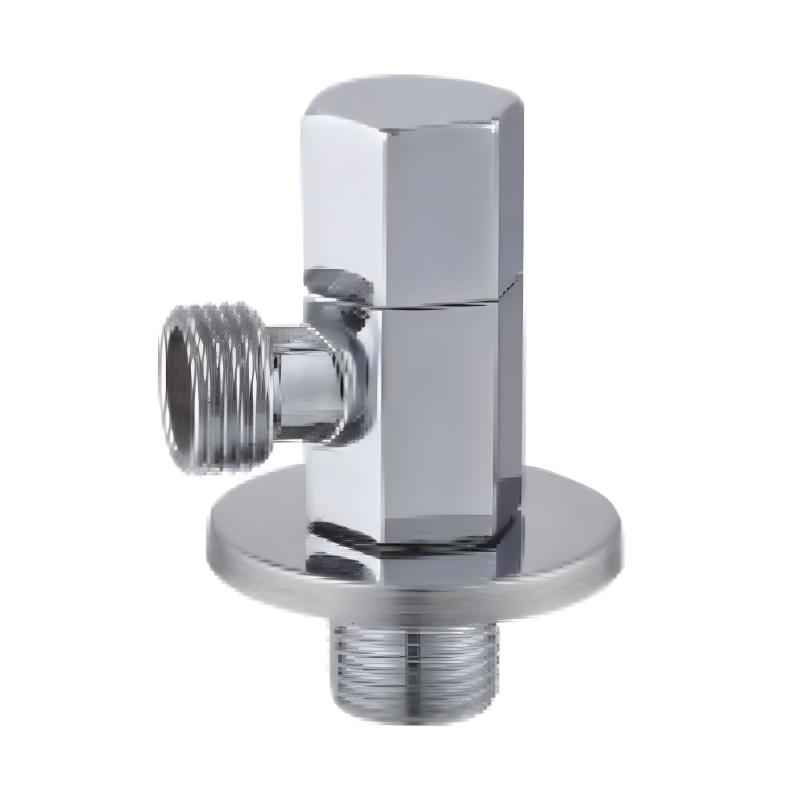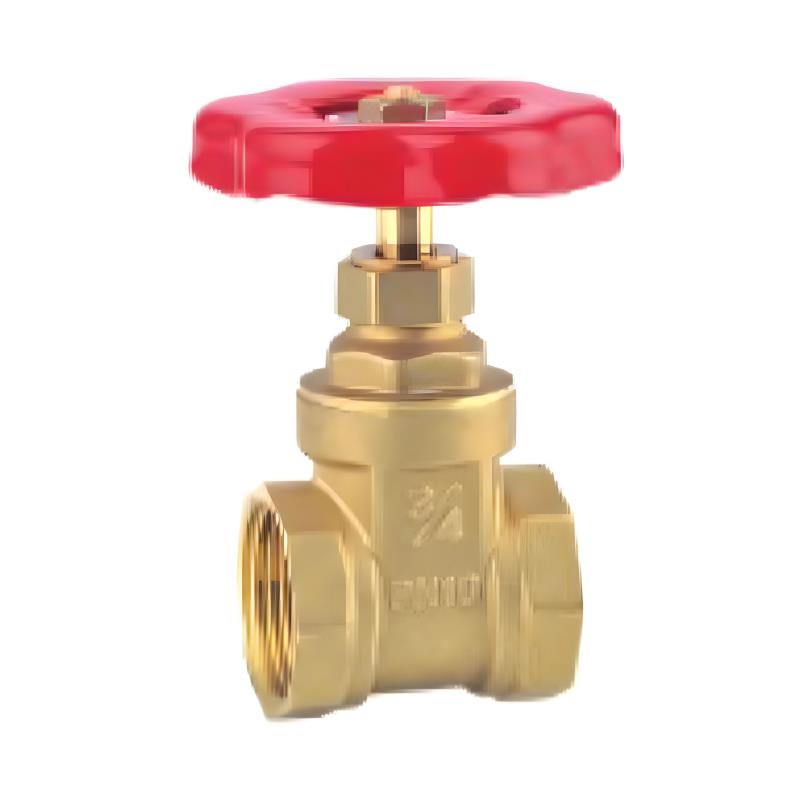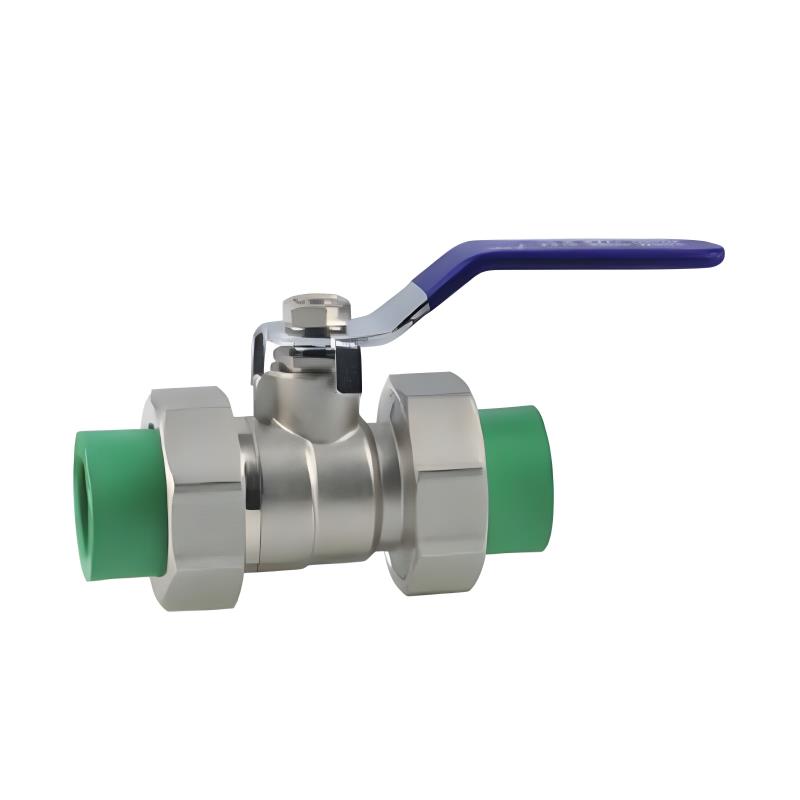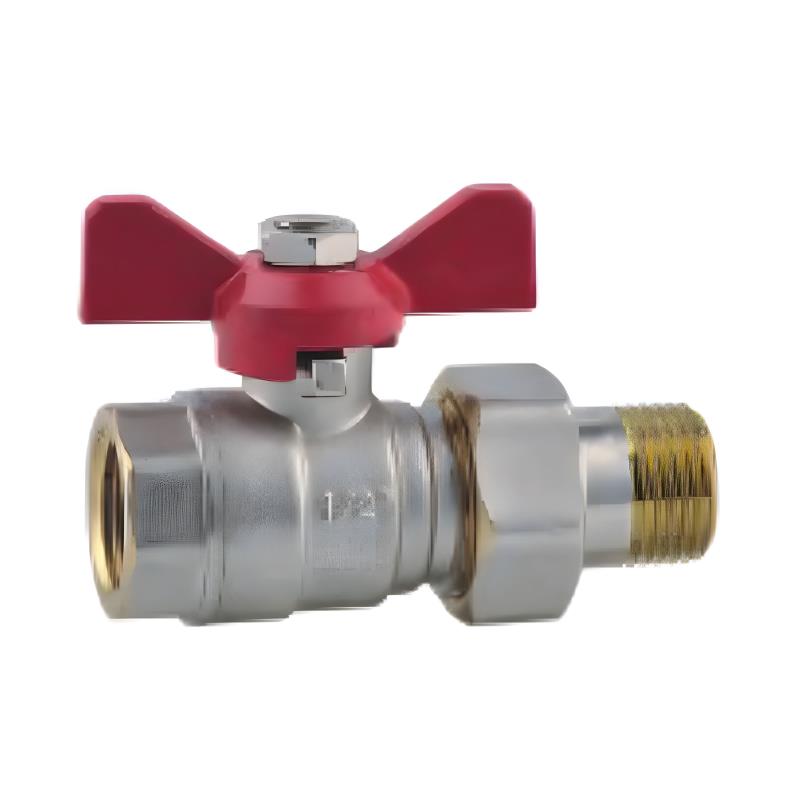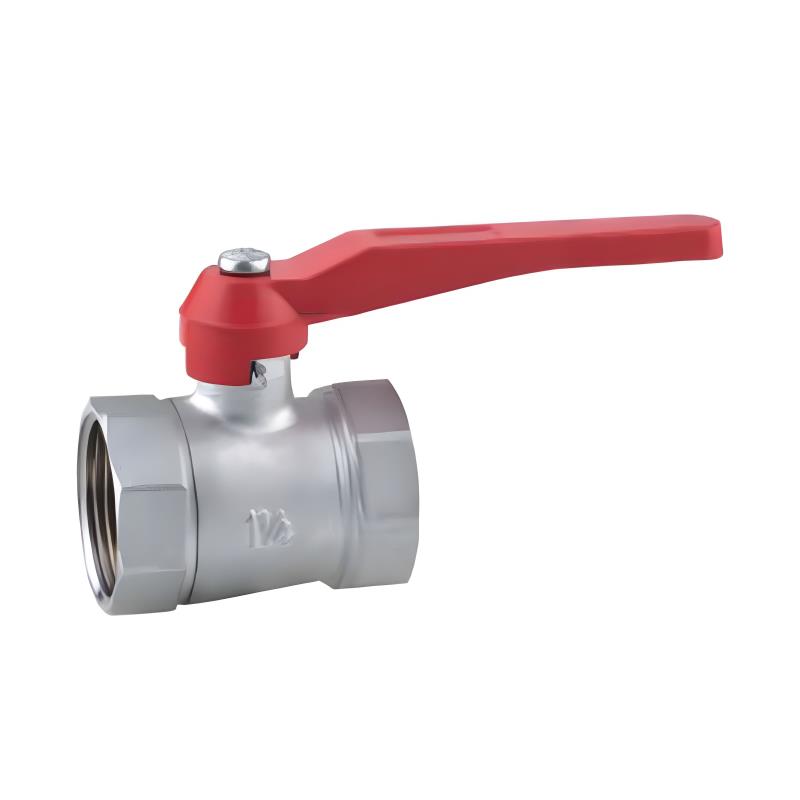Submit feedback
How to Select the Right PP-R Insert for Residential or Commercial Plumbing?
Polypropylene Random Copolymer (PP-R) piping systems have become a dominant force in modern plumbing for both homes and businesses, prized for their corrosion resistance, longevity, smooth bore, and ease of installation via heat fusion. At the heart of a secure, leak-free connection lies a critical component: the PP-R insert. Choosing the correct PP-R insert is not a mere detail; it's fundamental to the integrity, safety, and longevity of the entire plumbing network. Whether tackling a bathroom remodel or a high-rise HVAC project, understanding how to select the right PP-R insert is paramount.
A PP-R insert is a brass or stainless-steel fitting embedded within the socket end of a PP-R valve, fitting, or manifold during manufacturing. Its purpose is twofold:
Threaded Connection Point: It provides the standardized internal (female) or external (male) threads necessary to connect the PP-R component to traditional threaded plumbing fixtures, valves, meters, pumps, or other equipment (like taps, showers, radiators, pressure gauges, or water heaters).
Structural Reinforcement: The metal PP-R insert reinforces the plastic socket, providing the necessary strength to handle the torque applied during threaded assembly without cracking or deforming the PP-R material. Selecting a robust PP-R insert is vital for preventing joint failure.
Key Selection Criteria for the PP-R Insert
Material Composition: Brass vs. Stainless Steel
DZR Brass (Dezincification Resistant): The most common choice for general potable water applications in both residential and commercial settings. Ensure the PP-R insert is certified to standards like EN 12164 (CW617N) with appropriate dezincification resistance (e.g., CR ≥ 80% per ISO 6509). This prevents the leaching of zinc, a common failure mode in brass fittings.
Stainless Steel (AISI 304/316): Essential for applications involving aggressive water conditions (low pH/high chloride), heating systems with specific inhibitor requirements, marine environments, or where lead-free mandates extend beyond potable water (e.g., specific industrial processes, healthcare). A stainless steel PP-R insert offers superior corrosion resistance in these demanding scenarios.
Thread Standard and Size: Precision Matters
Standard: The PP-R insert must match the thread standard of the component it's connecting to (e.g., BSPP (G), BSPT (R), NPT, Metric). BSPP (parallel) is most common in many regions, but NPT is prevalent in North America. Mixing standards is a recipe for leaks. Confirm the standard required for your fixtures and equipment.
Size: Diameter (e.g., 1/2"", 3/4"", 1"") must match exactly. Using an undersized or oversized PP-R insert will result in an incompatible, leak-prone connection. Double-check the specifications of the item you're connecting.
Pressure Rating (PN): Matching System Demands
Every PP-R pipe and fitting has a Pressure Nominal (PN) rating (e.g., PN 10, PN 16, PN 20, PN 25), indicating its maximum continuous operating pressure at 20°C.
The PP-R insert integrated into a fitting must have a pressure rating equal to or exceeding the PN rating of the pipe and other fittings in that specific section of the system. A PN 10 PP-R insert is insufficient for a PN 20 hot water line. Never compromise on the pressure rating of your PP-R insert.
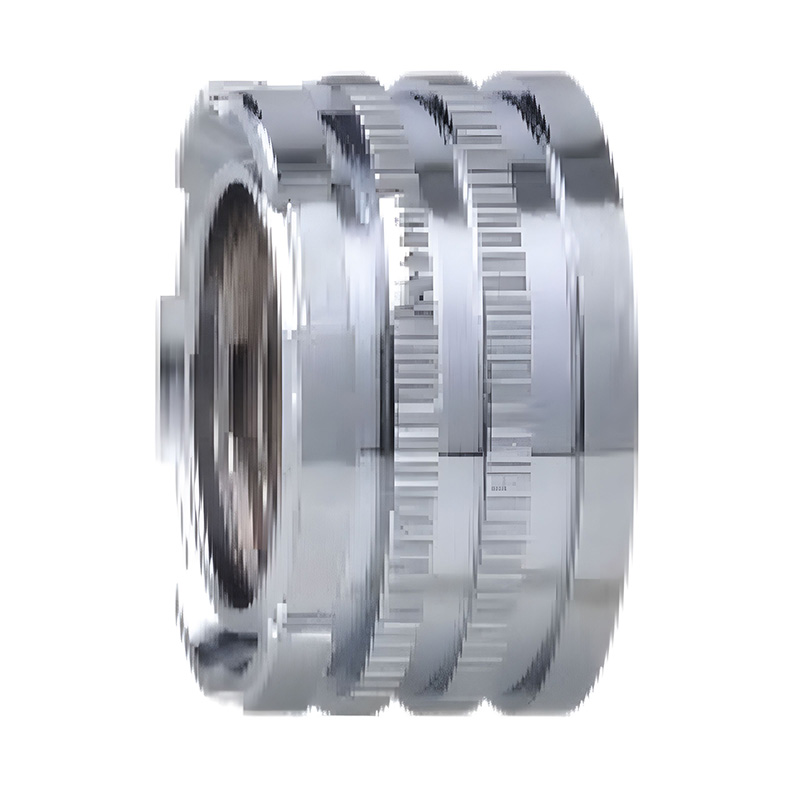
Temperature Compatibility: Beyond Ambient
While PP-R systems handle hot water well, ensure the specific PP-R insert material (brass or stainless grade) is rated for the maximum continuous temperature expected in the application. This is especially critical for commercial heating systems, solar thermal, or industrial process lines where temperatures can exceed typical domestic hot water levels.
Certifications and Approvals: Trust, but Verify
Reputable PP-R insert manufacturers subject their products to rigorous testing. Look for certifications relevant to your region and application:
Potable Water: NSF/ANSI 61, WRAS, KIWA, ACS, DVGW, etc. The PP-R insert material must be approved for contact with drinking water.
General Quality/Performance: ISO 9001, marks indicating compliance with relevant parts of EN ISO 22391 or other PP-R system standards. These ensure the PP-R insert meets dimensional, material, and pressure requirements.
Residential vs. Commercial Considerations: Tailoring the PP-R Insert Choice
Residential Plumbing: Focus is typically on potable cold and hot water distribution, and sometimes radiator connections (low-pressure heating). DZR brass PP-R insert fittings meeting PN 20 (common for hot water) or PN 25, with standard potable water approvals (like NSF 61), are usually sufficient. Size commonly ranges from 1/2"" to 1"". Ease of sourcing standard PP-R insert sizes is a plus.
Commercial Plumbing: Complexity increases significantly. Systems may include:
Higher flow rates (larger diameters).
Higher operating pressures (requiring PN 20 or PN 25 PP-R insert fittings as standard).
Circulating hot water loops (constant temperature stress).
Chilled water systems (condensation concerns).
Chemical dosing points, industrial process water, and fire sprinkler boosters (demanding stainless steel PP-R insert fittings).
Strict adherence to building codes and specific material mandates (e.g., lead-free, stainless-only in certain zones). Certification requirements for the PP-R insert are often more stringent and project-specific. Durability and performance under sustained load are critical.
The Installation Factor: Protecting Your PP-R Insert Choice
Even the perfectly selected PP-R insert can fail if installed poorly:
Avoid Overtightening: Excessive torque can crack the PP-R socket surrounding the PP-R insert or strip the threads. Use a calibrated torque wrench following the manufacturer's specifications for the specific PP-R insert size and material. Hand-tight plus 1-2 turns with wrenches is often a rule of thumb; always defer to the maker's guidance.
Use Thread Sealant Correctly: Apply PTFE tape or approved thread sealant only to the male threads, never inside the female PP-R insert. Ensure compatibility with the fluid and temperature.
Support Piping: Adequately support pipes near threaded connections using the PP-R insert to prevent strain on the joint.
Selecting the right PP-R insert is a deliberate process requiring attention to material, thread, pressure, temperature, and certification. It’s not just about connecting parts; it's about ensuring the foundational strength and reliability of every threaded junction within your PP-R system. By carefully evaluating the specific demands of your residential or commercial project and choosing a high-quality, appropriately specified PP-R insert from a reputable supplier, you lay the groundwork for a plumbing installation that delivers safe, efficient, and trouble-free performance for decades. Never underestimate the critical role played by this small but mighty component—the PP-R insert.
 +86-13989680588
+86-13989680588 graylin@hongjiavalve.com
graylin@hongjiavalve.com 
